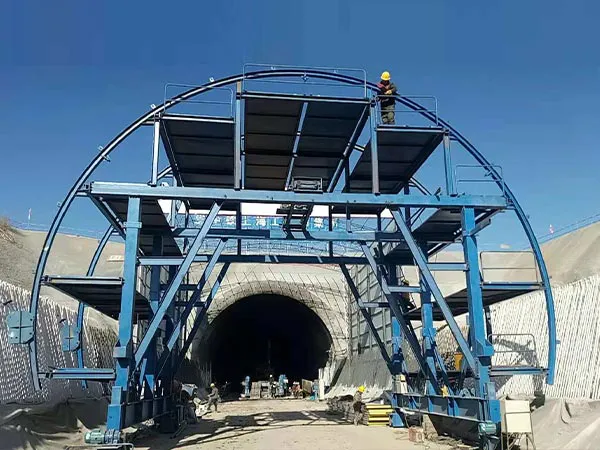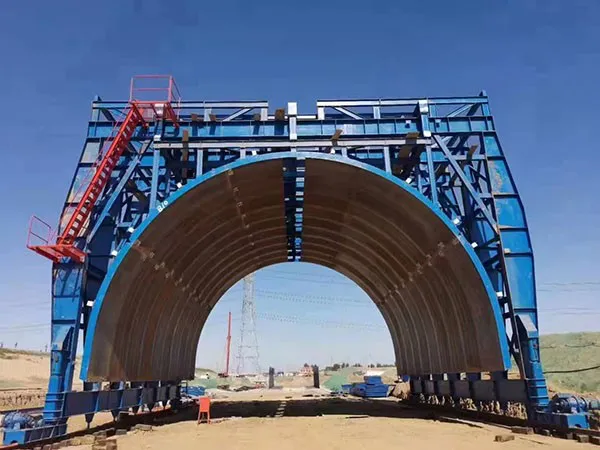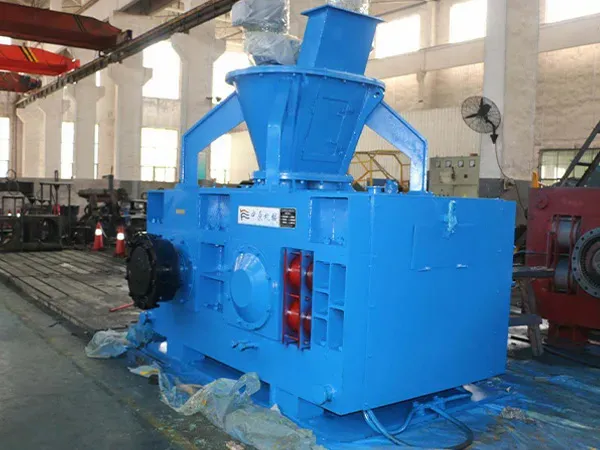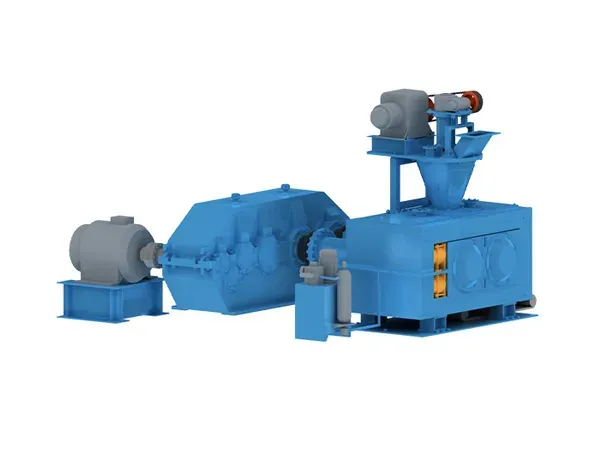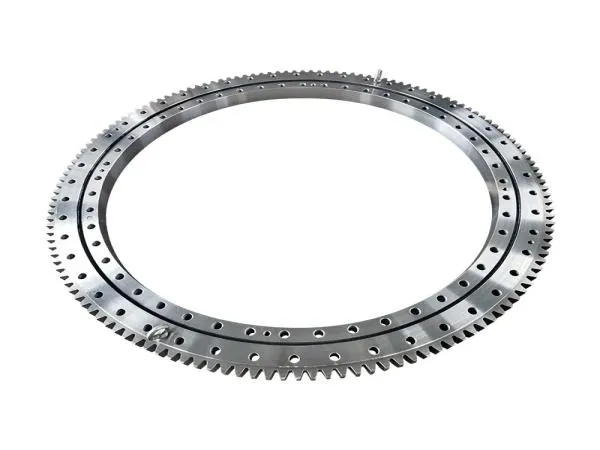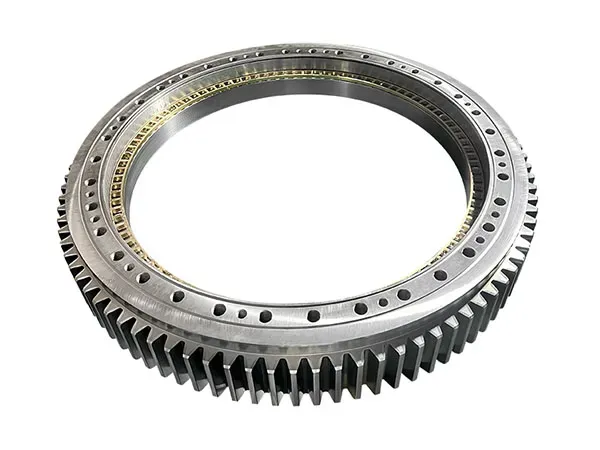Choosing the right school desks and chairs is an important part of ensuring a comfortable learning environment for students, promoting healthy growth and improving learning efficiency. Sometimes we will see children lying on the table to write homework, or eyes sticking to the desk, etc., why this situation, seemingly insignificant habits can also cause harm to the child’s academic and physical health, we can not ignore. In the selection process, it is necessary to comprehensively consider the material, functionality, safety and cost-effective and other dimensions to ensure that the selected product can meet the actual teaching needs, but also take into account the physical and mental health of students. The following is a detailed discussion of these four aspects:
1.material: durable and environmentally friendly and important
There are wood, metal and plastic materials on the market, composite materials for desks and chairs, the choice of material must be healthy and harmless, then how to choose?
-Wooden: wooden desks and chairs with its natural, cozy appearance and better durability, become the first choice of many schools. It has a good texture, but costs more and requires regular maintenance to prevent cracking and deformation. When choosing, it should meet the national environmental standards,, to reduce the release of formaldehyde and other harmful substances, to protect the health of students.
-Metal and plastic materials: the use of metal frame and plastic panel design desks and chairs, often both excellent durability and lighter weight, easy to carry and daily cleaning and maintenance. When choosing metal components, priority should be given to materials with strong resistance to rust, such as stainless steel or galvanized steel; while for plastic desktops, it is necessary to ensure that they have good abrasion resistance, aging resistance, and verify that they are non-toxic and environmentally friendly to protect the health and safety of students and avoid any potential risks.
– Composite materials: With the rapid changes in technology, new composite materials such as fiberglass and high-density polyethylene have been adopted in the production of desks and chairs. These materials not only have excellent strength and light weight, but also meet the needs of diversified color and form design, adding more fun and beauty to the classroom. In the selection, environmental certification is also an important factor to consider.

2.functionality: to adapt to the needs of diverse learning
Quality children’s desk and chair design needs to be integrated into the principle of ergonomics. The height of the desk and chair need to be coordinated with each other to ensure that children can naturally form the correct sitting posture in the process, and promote healthy eye habits. Adjustability of the desk and chair is also a key factor when choosing. Ideally, they should be able to adjust flexibly according to the child’s height to accommodate different stages of growth.
-Adjustable height: students of different ages have different body shapes, which can be flexibly adjusted according to their body shapes through the relevant devices to minimize scoliosis, strabismus and other problems.
-Good storage function: the desk can be equipped with good storage function, not only can help students to keep the desktop clean and tidy, cultivate self-management ability, but also can make parents feel at ease a lot.
…
More detailed information about the choose the right school desks and chairs can be found by visiting: https://www.aoyangschoolfurniture.com/a/news/choosing-the-right-school-desks-and-chairs.html

